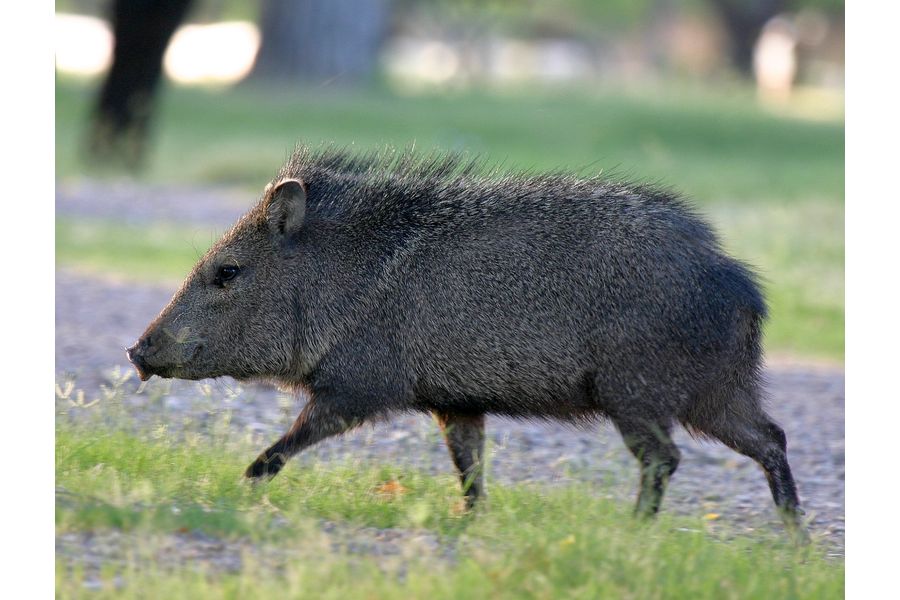
What Do You Need to Know About Javelina Hunting in the USA and Mexico?
If you’re looking for a one-of-a-kind and exciting hunting adventure, hunting javelina is beyond anything you’ve ever done. These small but fierce animals have a devoted following of hunters who spend their lives monitoring and hunting these southwestern animals. The secret to a successful javelina hunt is to learn everything you can about your prey. Here’s our in-depth look at all you need to know about the javelina hunting in the USA and Mexico.
The javelina, which looks like a wild pig, is among three bearded vulture species, characterized as a social, pig-like living creature. They have short, rough, brindle coat hair that softens around their neck, resembling a collar. They have a pig-like snout and tiny eyes, and they move from their front two digits. However, except for a pig or black bear, the javelina’s horns are linear and evolved to crush fibers, fruits, and roots.
Habitat of Javelina
There are only three peccary species on the planet. Tayassu tajacu is the Latin name for the javelina. Its cousins include the white-lipped peccary, which lives in southern Mexico or northern South America, and the Chacon peccary, founded in Argentina, Bolivia, and Paraguay. You must consider these regions when going for javelina hunting in the USA and Mexico.
They survive in mountainous, drier environments if you’re wondering where to look for javelina. This might include deserts of the southwestern United States in Arizona, Texas, and New Mexico. They prefer areas with plenty of mesquite and prickly pears, such as the Saguaro Desert. Herds can also be found near-desert watering holes and other perpetual water sources.
They tend to stay in shady areas including under cliffs and caves, during the warmer times of the day. It only consider going out to feedstuff when it is cooler outside. They cannot cool down through evaporation like other living creatures; that’s why they avoid going out in hot times. You must take care of the time when going javelina hunting in the USA and Mexico.
Habits of Javelina
Javelinas are voracious omnivores who will intake just about anything they come across. Their primary food source is desert plants, but they occasionally consume bird eggs, reptiles, grubs, and bugs. Prickly pear, sotol, agave, scrub oak acorns, and some types of tubers are among their favorite foods.
Although they aren’t particularly tasty, significantly bigger predators such as mountain lions, black bears, and jaguars will occasionally hunt javelinas. The javelina is avoided by coyotes, bobcats, and other relatively small predators, possibly due to the risks of its sharp teeth and unbreakable fighting skills.
Javelinas are extremely social animals that spend almost all of their time in groups. There are almost certainly more nearby if you see javelina while out hunting. For this reason, you need to be a bit careful when attempting javelina hunting in the USA and Mexico.
Physical Appearance
Javelinas have stout bodies, bristly hair, a nose, and a sharp underbite on their bullet-like heads, making them look similar to pigs. Although they resemble the boar and pig families, they are very distant cousins. The hereditary split between these species happened more than 30 million years back.
Fully grown javelinas weigh around 40 to 60 pounds and have brownish-gray hairs with a predominant collar among their shoulders. They have scent glands because their sense of smell is one of their most acute. This physiological detail can assist you in tracking down your prey and javelina hunting in the USA and Mexico. The musky odor they use to interact and label their regions is quite peppery and gives you a hint.
They have terrible eyesight in comparison to their incredible sense of smell. As a result, javelinas frequently eat at dusk in dense brush, where they don’t need excellent vision to find food.
How You Can Find Javelina?
Signs of feeding are some indicators of the presence of prey while hunting javelinas. You’ll find mashed bristly pear paddles, crushed agave and sotol, and deeply ingrained cow patties. There will also be a turned-up field where the javelinas have effectively wiped their way through the first stack of undergrowth.
Javelinas are frequently found bedding down in tucked-away places and under rocky overhangs. You can also smell them because their powerful musk glands emit a specific kind of smell.
The Bottom Line
Although small, javelinas are tough little beasts present numerous challenges when stalking, spotting, and hunting them. They have the tenacity and sharp tusks that make any hunter’s heart beat faster during javelina hunting in the USA and Mexico.
